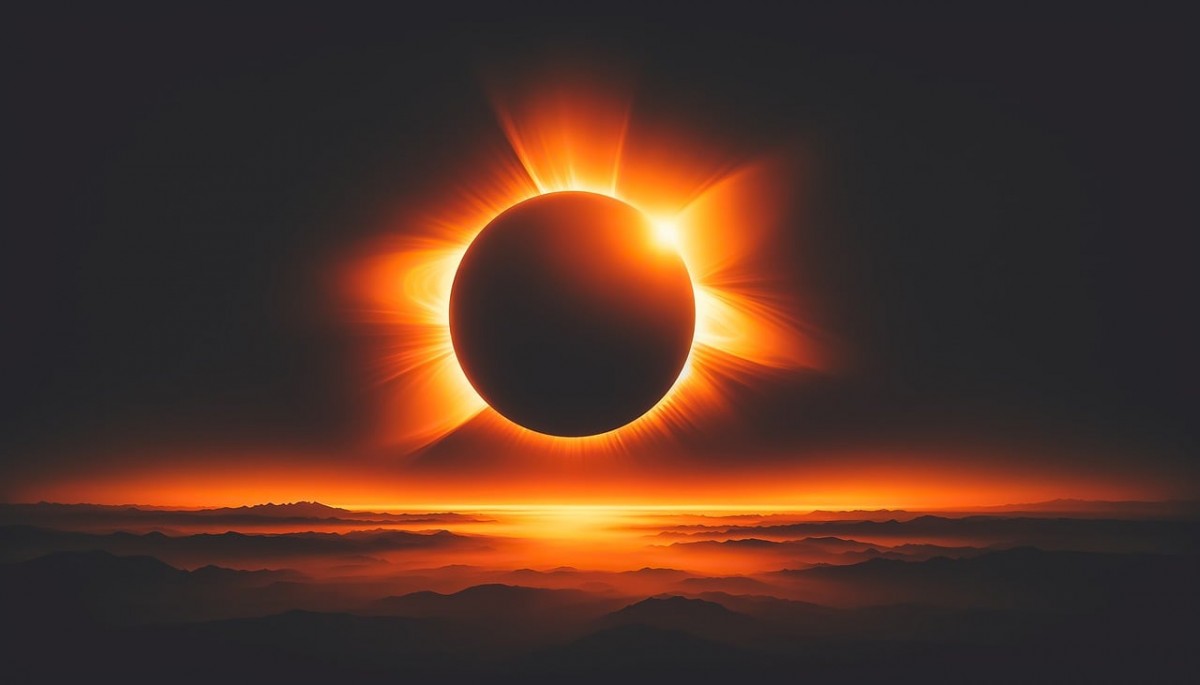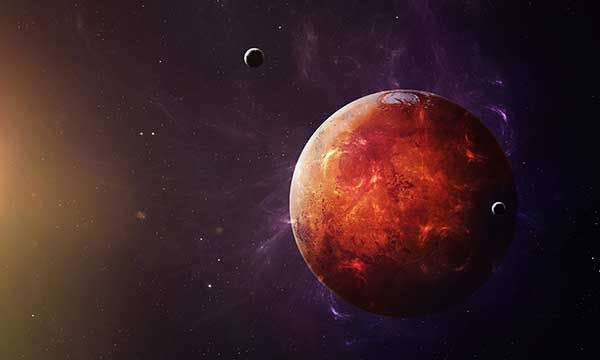Venus, the second planet from the Sun, is often referred to as Earths twin because both worlds share a similar size.
Surface composition and have an atmosphere with a complex weather system to name a few.
Many such interesting facts about earths neighboring planets, their satellites.
The American space agency often posts amazing pictures and interesting facts about our own planet and outer space.
One such recent post shared on NASA Chandra X-ray Observatory’s Instagram page. Commemorating National Sibling Day, shows the similarities and differences between the Blue Planet and our celestial neighbor.
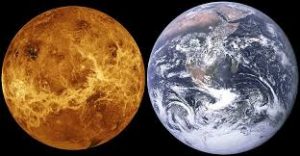
The space agency’s post along with images of the two planets, mentioned that “Earth & Venus” are like human sisters. NASA also mentioned that the two planets share similarities like “similar mass, size, and composition” . Their natures can clash wildly as “Venus’ atmosphere would burn and crush us,while Earths is our perfect home”.
With a radius of 3,760 miles (6,052 kms), Venus is barely of the same size and structure as Earth.
NASA chose to share some beautiful and interesting insights into this second planet from the Sun and Earth’s closest neighbor in the Solar system, Venus.
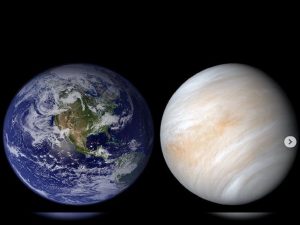
Why is it so?
While exploring all the options in our Cosmic vicinity, we have even looked at Venus. But NASA explains that Venus spins in the opposite direction from most of the planets in the solar system.
Venus possesses a thick, toxic atmosphere abundant of carbon dioxide in addition to thick. Yellowish clouds of mostly sulfuric acid that can trap heat well enough, causing a runaway greenhouse effect.
It is therefore the hottest planet in our solar system. Even though Mercury lies closest to the Sun such that metals like lead would be puddles of melted liquid. Venus has an extremely crushing air pressure at its surface – more than 90 times that of Earth.
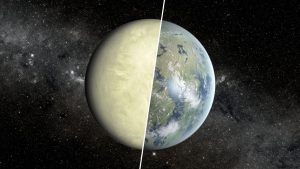
All the trips to Sister planet:
Venus became the first planet to host a human spacecraft – NASA’s Mariner 2, that successfully flew by and scanned the cloud-covered planet on Dec. 14, 1962.
Innumerable spacecraft from the U.S. and other space agencies across World have tried to explore Venus, including NASA’s Magellan that helped mapping the planet’s surface with radar.
The former Soviet Union has been the only nation to land on the surface of Venus till date, but the spacecraft Venera 13 could not survive for more than 2 hours in terribly hostile environment.
Based on this historic experience, Engineers from different nations have tried devising methods to extend the life of robotic spacecraft in the extreme environment.








